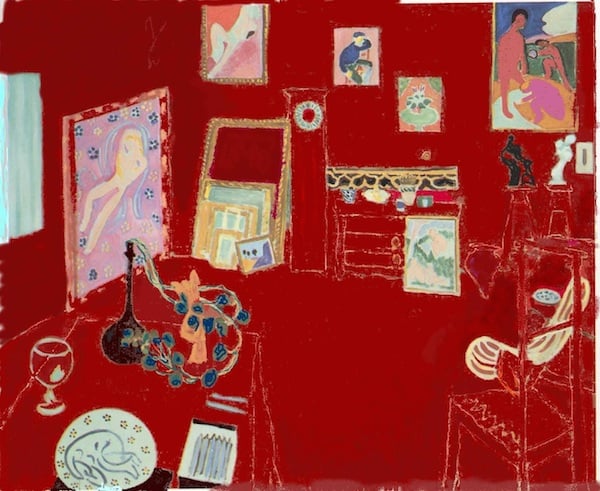Art World
Ban on Cadmium Pigments Could Change Art Forever
Is the toxic paint additive a scourge of cancer and disease?

Is the toxic paint additive a scourge of cancer and disease?

Lorena Muñoz-Alonso

Artists’ palettes might be about to change forever. A proposed Europe-wide ban on cadmium pigments found in acrylic, oil, and watercolor paints could be enforced in the next two years, the Art Newspaper initially reported.
Sweden submitted a restriction report to the European Chemical Agency last year. The report claims that cadmium, a heavy metal, is spreading over agricultural land via sewage sludge. It suggests that this is a result of artists rinsing their brushes in the sink. Therefore, the toxic substance could be polluting the food chain and increasing the risk of cancer and skeletal fracture due to the substance’s dramatic, negative effect on calcium levels in the bones, among other diseases. Due to these potentially harmful externalities, the EU launched an investigation as to whether the substance should be banned.
The European Chemical Agency will make a decision next December. And if the restriction goes ahead, it could have deleterious effects on the future of art. Cadmium is one of the main components used to create bright and intense pigments in red, yellow, and brown hues. It was discovered around 1820 and first commercialized for artists’ use by the mid 1840s. Claude Monet’s famous yellow hues, for example, were painted with cadmium pigments.
Cadmium as a Health Hazzard
This is not the first time that the substance has been linked to environmental and health hazards. But European artists and paint manufacturers maintain that the risks are minimal and that the ban would be detrimental.
“Any good paintings that have lasted a hundred years, which is from the Impressionist period onwards, if they have a good yellow, orange, or red, they were made with cadmium pigments,” the artist Julia Brooker told the BBC. “It has the purity, the light fastness, and it keeps its brilliance the way other colors just don’t,” she explained.
“[Nickel-cadmium] batteries are the real problem, it’s just an easy fix to ban everything with cadmium in it,” Michael Craine, the managing director of Spectrum Artists’ Paints, told TAN. “Artists are not rotters; they are not tipping this stuff down the drain, it’s an expensive substance.”
Nickel-cadmium batteries were the most prevalent form of rechargeable energy cells for many years but have since lost market share to more advanced cells like Lithium-ion batteries. Since 2006, their sale in the EU has been limited to a small subset of specialized devices. Their disposal is heavily regulated worldwide, if difficult to enforce.
Those batteries contain dangerous, highly-concentrated levels of the toxic heavy-metal. However, under an existing EU provision, Registration, Evaluation, Authorisation and Restriction of Chemicals (known as REACH), the cadmium levels in paints are limited to 0.1 percent, which some consider low enough to be safe. Additional regulations proposed in 2010 sought to further limit that concentration to 0.01 percent. But paint manufacturers noted that those levels could be unrealistic to attain due to cadmium’s occurrence as an impurity when processing recycled copper, used in many paints as well.